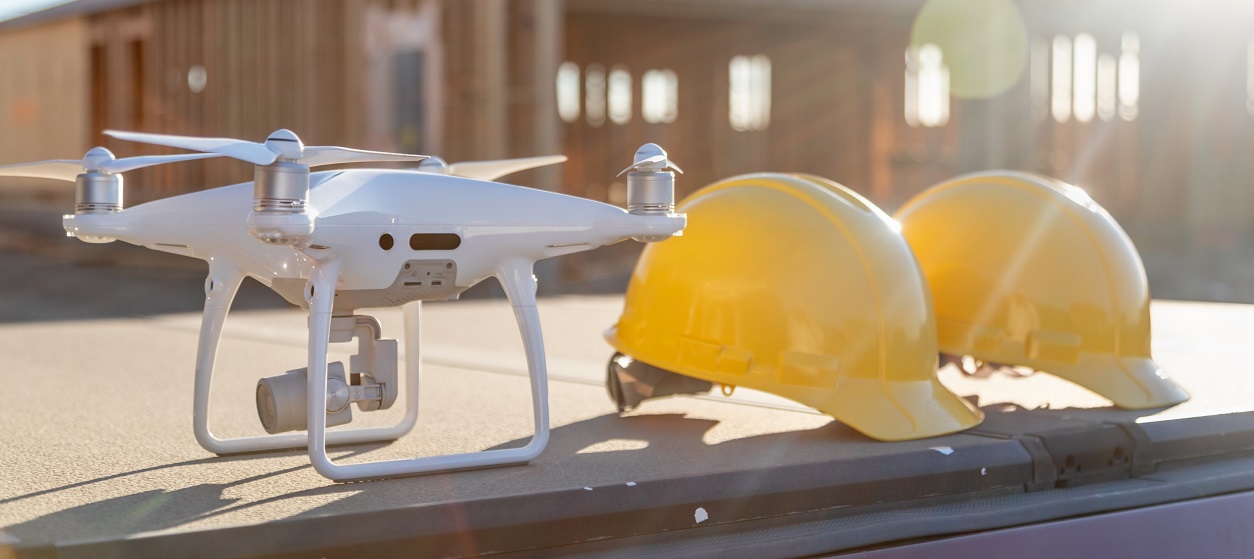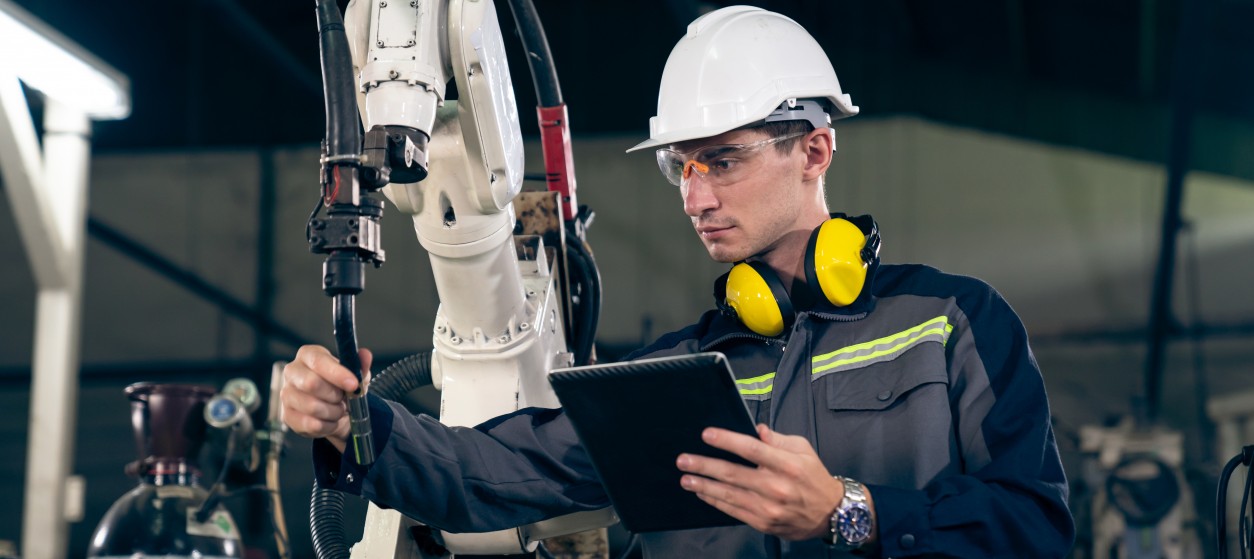The digital transformation of industrial organizations is one of the most important technology trends of our time, as it enables enterprises to improve dramatically their competitiveness using the leading-edge IT technologies. In this context, industrial organizations are increasingly digitizing their physical processes based on the deployment of advanced Internet of Things systems. IoT includes smart objects with semi-autonomous behavior, such as unmanned aerial vehicles (UAVs) (also known as drones), autonomous guided vehicles and industrial robots. Smart objects are at the heart of the fourth industrial revolution (Industry 4.0), which is destined to replace conventional human-mediated laborious processes with autonomous systems and Artificial Intelligence.
Smart Objects: Drivers and Business Value
Smart objects provide a compelling business value proposition for industrial organizations, as they enable the substitution of manual, error-prone and expensive processes with more automated and higher quality ones. They have been around for over two decades, but they have only recently gained momentum for large-scale commercial deployment in industrial settings. This is largely due to the proliferation of low cost, multi-purpose sensors and actuators that boost their functionalities, as well as due to their falling prices. Likewise, the deployment of smart objects is more flexible and easier than ever before as a result of the emergence of novel technologies that underpin their deployment at scale. For example, the evolution of wireless and mobile networking technologies such as LTE (Long Term Evolution) and early features of 5G communications ensures that smart objects are provided with the bandwidth needed for their operation in both real-time (e.g., automation) and data-intensive (e.g., maintenance data collection) scenarios. Likewise, the advent of edge computing facilitates their deployment in ultra-low latency communication scenarios, such as scenarios involving real-time automation and control. At the same time, evolutions in Artificial Intelligence (AI) (such as the expanded use of deep learning) improve their versatility and intelligence.
It is anticipated that smart objects will be gradually deployed in a large number of industrial processes, such as automation, enterprise maintenance, and warehouse management processes. Likewise, smart objects will progressively replace existing laborious tasks in the specified areas. Initially, deployments will focus on data acquisition and later on field automation and actuation. In this context, field inspection tasks that entail data collection are the first ones where the benefits of smart objects such as drones will be demonstrated.
Benefits of Drones for Field Inspection Tasks
The deployment of drones and other (similar) smart objects for field inspection provides a first-class opportunity for understanding and experiencing the benefits of cyber-physical systems and machine intelligence in industrial processes. These benefits include:
- Automation and Versatility: Drones automate the field service inspection tasks and reduce the number of human resources needed. Moreover, they are very versatile about what data to share, when and with whom. These functionalities represent significant advantages over conventional human-mediated data collection, which rely on slower and less efficient ways for sharing data between humans and machines, and vice versa.
- Speed and Information Richness: In many cases, drones have faster access to the assets. Moreover, they can acquire and document much richer information than what humans do. In particular, drones can deliver a rich collection of multimedia data about an asset or even an entire plant, including images and videos of machines and tools. Furthermore, state of the art drones come with cognitive capabilities, which adjust automatically their data acquisition rate based on the context of the inspection. For example, they increase the volume of collected data in cases where abnormalities in the operation of an asset are detected (e.g., based on image analysis), while reducing it in cases where nothing interesting is spot. The volume adjustment is important for economizing on bandwidth and storage.
- Security and Safety: The deployment of drones for service inspection tasks increases the safety of human workers such as maintenance and field service engineers. Drones alleviate the need for human workers to visit hazardous areas, which decreases their health risks. Likewise, it decreases relevant health insurance costs for the workers.
- Cost-Efficiency: The use of drones for maintenance inspections leads to significant cost savings, not only as a result of automation but also as a result of increased efficiencies and speed in data collection and interpretation. Overall, drones enable faster access to more detailed and accurate information about the status of an asset and its maintenance plan. Humans are still in the loop in order to supervise the drones’ operation and decision making, but also to selectively intervene in order to make decisions that cannot be taken by the AI systems. Other sources of cost savings concern the reduction of workers’ insurance costs, and also business benefits from more timely and accurate maintenance that avoids unplanned downtimes.
Enhancing Field Service Apps with Pervasive and Ergonomic Features
Smart objects obviate the need for laborious inspection tasks and change the job description for human workers such as maintenance engineers and field workers. Despite the deployment of drones and robots, humans will still remain at the heart of the maintenance activities, as supervisors of the drones’ operations, but also as the ultimate decision makers. Leading edge digital technologies will be also used to facilitate these roles. Two prominent examples follow:
- Augmented Reality (AR) and Virtual Reality (VR) interfaces are increasingly used to ease access to field service instructions, including overviews of the data collected by the drones. This enables humans to access up to date information about the assets and the drones’ operations without any need to consult multi-page paper manuals. AR/VR modalities are also invaluable for training maintenance workers in their new duties, through providing them with access to ergonomic cyber-representations of the new processes.
- Speech Interfaces will be soon deployed in order to enable fast, ergonomic, hands-free and user-friendly control of the drones’ operations. In coming years, it won’t be surprising to see drones control based on an “Alexa-like” service for field service engineering.
The deployment of smart objects and AI as part of the industrial process is here to stay. It will certainly be used as an unprecedented productivity vehicle, yet it will also have a tremendous impact on the nature of human work. There are many people that are deeply concerned about these changes, how the future will look like and how it will affect them. We take an optimistic view: Smart objects will enable enterprises to do more with fewer resources, while at the same time delivering safety and convenience for industry workers.










